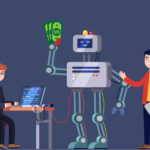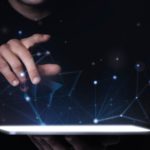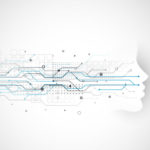Tags INTERNET OF THINGS LOCKDOWN
IoT Analytics has released its State of the Internet of Things Q1 2020 and COVID-19 Impact report, outlining current trends in the internet of things (IoT). It specifically highlights 8 key impacts of COVID-19 on IoT applications needs:
- There is a decreased interest in consumer IoT devices. Although consumers are spending more time at home, they have not purchased more personal IoT devices. In fact, the sales of such devices and downloads of related apps are down considerably.
- Remote asset access has become important. Conference tools like Zoom are booming because they connect people remotely. In a similar fashion, remote asset access tools are also booming because they connect people with their machines and assets.
- Digital twins are helping with scenario planning. Many companies are currently affected by production, shipping and distribution delays as well as demand variability. In response, digital twins are being used to create digital representations of end-to-end supply chains, enabling consumers to explore dynamic sourcing options, assess risks and evaluate trade-offs to speed or automate decisions.
- New uses for drones are being uncovered. A greater potential for the use of drones has been discovered as they are now being used for everything from medical deliveries and agricultural spraying to surveillance and informational broadcasting.
- The use of IoT health applications is surging. Early data suggests that digital health solutions that relate to COVID-19 are surging, especially telehealth consultations, digital diagnostics and remote monitoring applications.
- Track and trace solutions are being used more extensively. As supply chains get disrupted and demand patterns change, real-time supply chain visibility is proving to be extremely important and popular.
- Smart city data platforms are rising in popularity. Among the many smart city initiatives, the ability to have an overarching data platform and make use of that during a crisis is one of the most important tools a city can have. Nowhere is this more evident than in Korea, which has used smart city hubs to request, obtain and confirm data about coronavirus cases.
- There has been an increase in easy-to-install IoT retrofit solutions. Companies and end-users that are not digitally connected are finding it beneficial to use a retrofit solution that is easy to install but doesn’t necessarily provide all the same benefits of a completely engineered IoT solution.
 BFC Bulletins Monthly News Digest
BFC Bulletins Monthly News Digest




